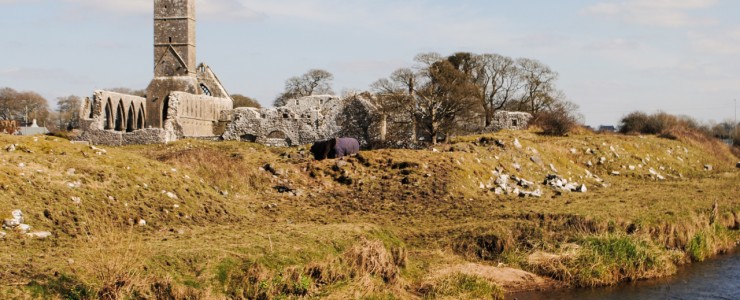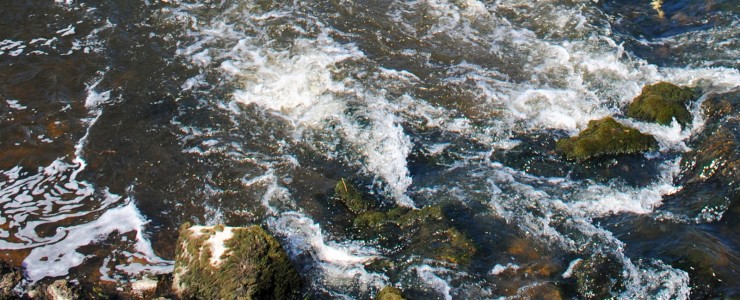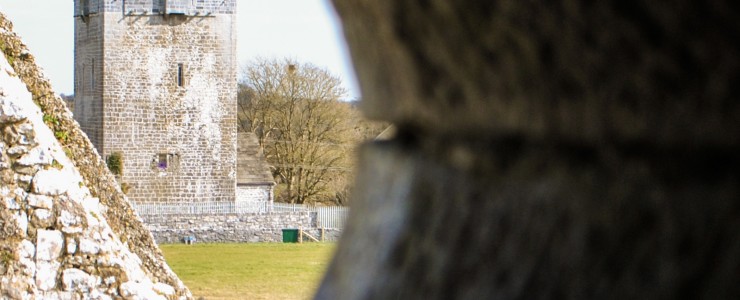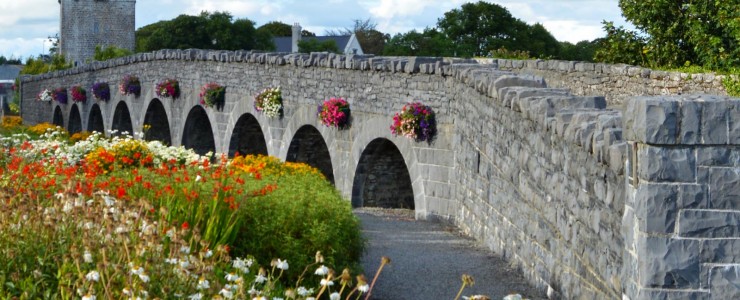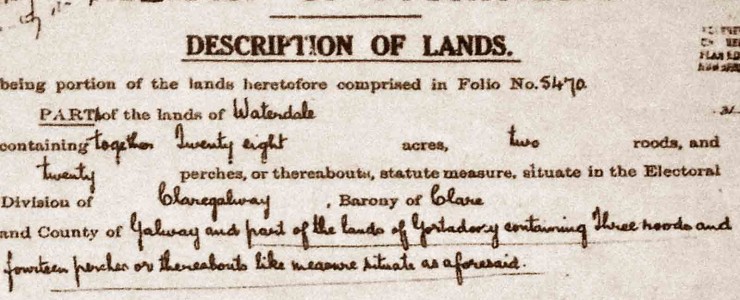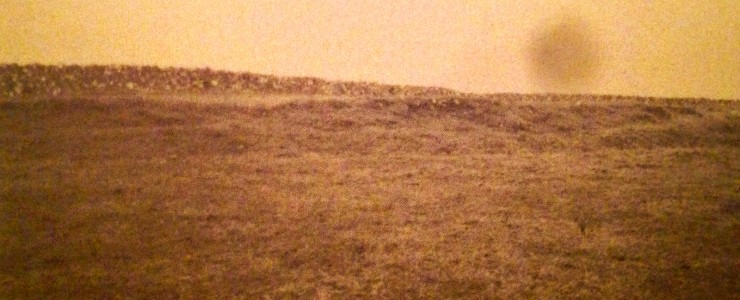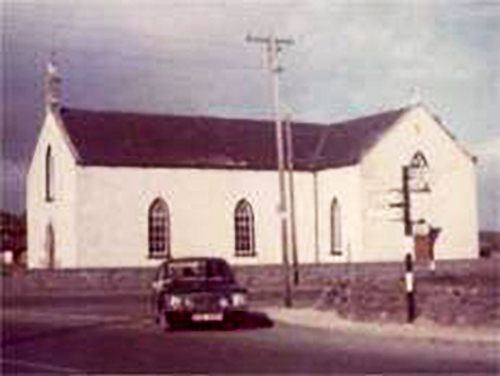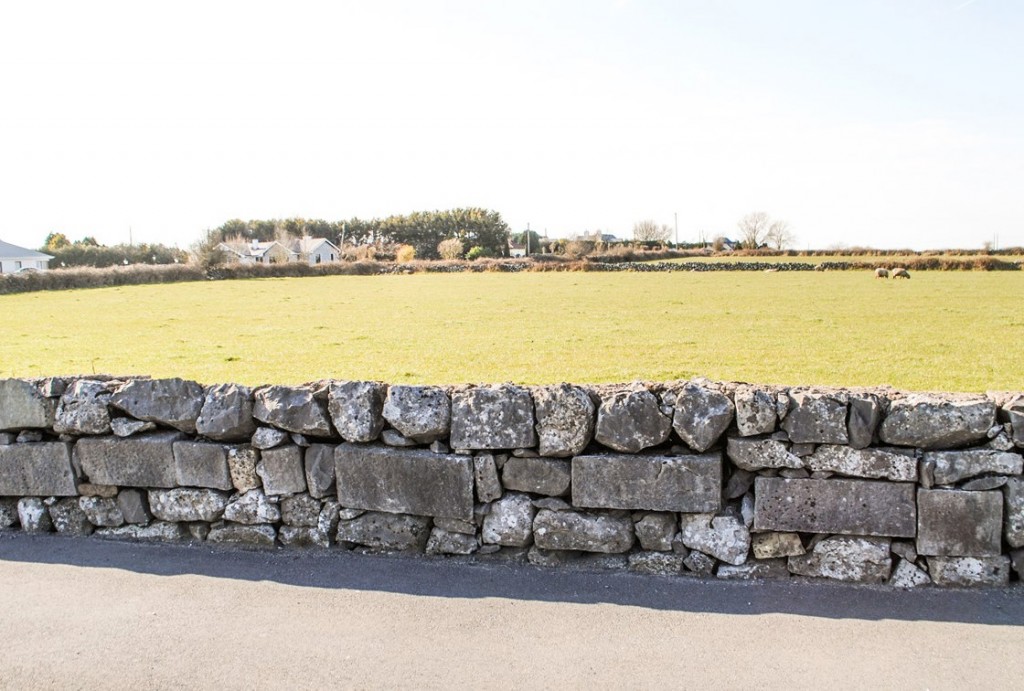Claregalway, County Galway
Where the story begins…
An archaeological dig in 2011 revealed that a settlement in Claregalway (around the site of the Castle) was the beginning of urbanisation in the county of Galway. It would appear that even a millennia ago, Claregalway was bustling with human activity. The famous Claregalway Friary—the first Franciscan Friary in Connacht—was built in the early 13th century, establishing Claregalway as a religious hub for east Galway. The beautifully restored Claregalway Castle has withstood many battles over the centuries, helped by its strategic position on a curve in the River Clare. Boasting a recently refurbished western face, the magnificent Nine Arches no longer bridge the river, but remain an attractive landmark in Claregalway village.
Modern day Claregalway is a vibrant hub, still bustling. As described by artist Alan Hounihan, “any landscape is a work-in-progress subject to the continual processes of physical change. Even a farmed or managed landscape is a constantly changing canvas, a palimpsest shaped by human needs and work to which each generation adds a new layer.” The ‘layer’ added by the 21st century community in Claregalway is colourful, bustling and optimistic. With the growing urbanisation of Claregalway, and the covering of layers of history with modern amenities however, it is very easy for the unique past of Claregalway to be forgotten or lost. The History of Claregalway section below has been curated by Claregalway Historical & Cultural Society and we welcome any and all contributions.
History of Claregalway
In 1999, Claregalway Historical & Cultural Society initiated a FÁS sponsored scheme which began the enormous task of documenting Claregalway’s local history, which is provided here with kind permission from the society.
Fifteen years ago in Claregalway
These local stories are taken from the July 2009 Nuacht Chláir archives. Check out the full archive, dating back to 1996, here.
Chickenpox is a very common illness that causes a rash and can make you feel generally unwell. It is caused by the varicella-zoster virus, one of the herpes viruses. “Varicella” refers to the initial infection known as chickenpox and “zoster” refers to its reactivation in later life, presenting as shingles. Chickenpox mainly affects children; more… Read more »
There are now four traffic lanes in the centre of Claregalway – two inward lanes, one outward and one for access to shops. In a rural village! There are three lanes of traffic on each of the three approaches to the junction (9 lanes of traffic in a village) resulting in a significantly increased concentration… Read more »


